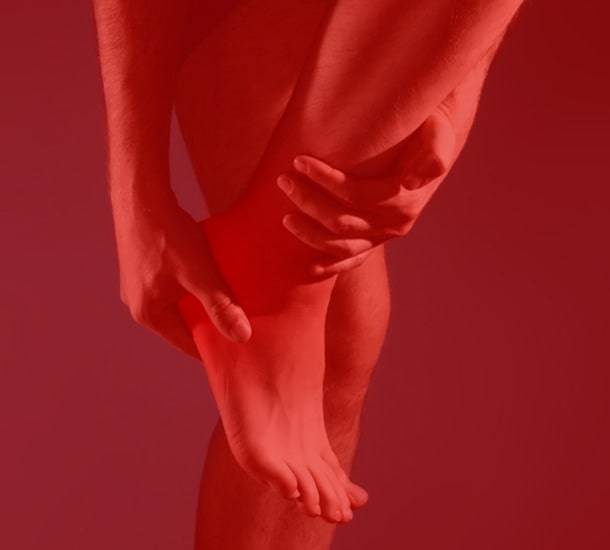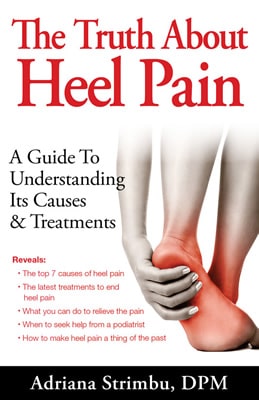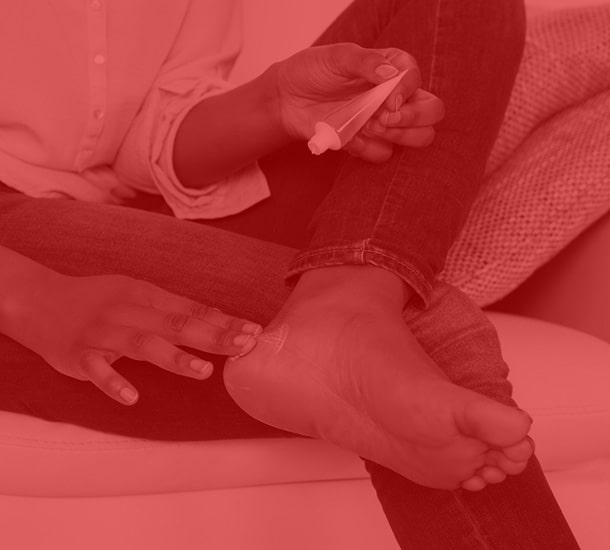
A hammertoe is a toe deformity where the 2nd, 3rd, 4th and/or 5th toe(s) bend downward at the middle joint and look like little hammers. Afflicted toes might also develop corns, calluses, and open sores due to rubbing or irritation from walking or running. Wearing shoes can be painful for those who have hammertoes and inflammation, redness, and/or a burning sensation may be felt in the toe area. Reasons hammertoes develop include wearing shoes that do not fit properly, usually those that push the toes together into a tight toe box. The toes will tighten when repeatedly bent into unnatural positions and lose their ability to stretch out. Sometimes hammertoes can occur from a muscle/tendon imbalance that leaves the toes pointing down due to structural changes in the foot that develop over a long period of time. Less often, a hammertoe results from an earlier injury or congenital defect. With early intervention, hammertoes can often be corrected with minimal treatment. Left untreated, a hammertoe can become permanent, and surgery may be required to reposition it. Treatment includes wearing comfortable, properly fitting shoes with a wide toe box, stretching feet and toes to keep muscles flexible, and wearing pads or orthotics. Further intervention, including surgery might be needed. If you suffer from a hammertoe, see a podiatrist who can properly diagnose the severity of the condition and provide correct treatment options for you.
Hammertoe
Hammertoes can be a painful condition to live with. For more information, contact Adriana Strimbu, DPM from Complete Foot & Ankle Care. Our doctor will answer any of your foot- and ankle-related questions.
Hammertoe is a foot deformity that affects the joints of the second, third, fourth, or fifth toes of your feet. It is a painful foot condition in which these toes curl and arch up, which can often lead to pain when wearing footwear.
Symptoms
- Pain in the affected toes
- Development of corns or calluses due to friction
- Inflammation
- Redness
- Contracture of the toes
Causes
Genetics – People who are genetically predisposed to hammertoe are often more susceptible
Arthritis – Because arthritis affects the joints in your toes, further deformities stemming from arthritis can occur
Trauma – Direct trauma to the toes could potentially lead to hammertoe
Ill-fitting shoes – Undue pressure on the front of the toes from ill-fitting shoes can potentially lead to the development of hammertoe
Treatment
Orthotics – Custom made inserts can be used to help relieve pressure placed on the toes and therefore relieve some of the pain associated with it
Medications – Oral medications such as anti-inflammatories or NSAIDs could be used to treat the pain and inflammation hammertoes causes. Injections of corticosteroids are also sometimes used
Surgery – In more severe cases where the hammertoes have become more rigid, foot surgery is a potential option
If you have any questions please contact our office located in Hallandale Beach, FL . We offer the newest diagnostic and treatment technologies for all your foot and ankle needs.





